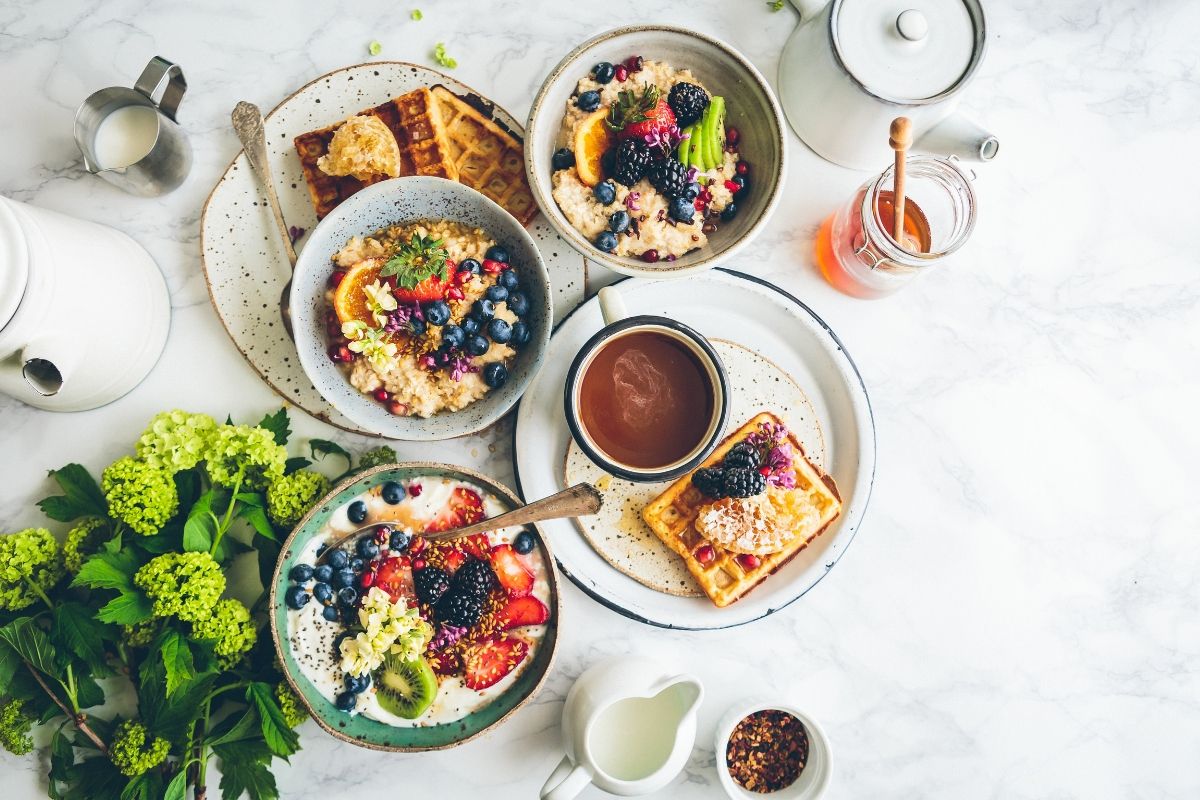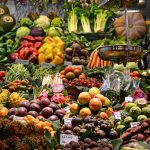Add two teaspoons of care and a sprinkle of love – you’ve got a recipe for sustainability.
Despite Australians being bewitched by the endless breakfast, lunch, dinner and even dessert app-ordering options available at the swipe of a finger, we still love cooking. Even though home cooking is considerably cheaper than the much-loved swipe, it still has cons, as landfill due to common household organic waste, is on the rise.
According to the Australian Bureau of Statistics 2010-2011 Waste Account, Australia generated 53.0 million tonnes of waste with 42% (22.2 million tonnes) disposed to landfill. In 2010 – 2011, organic waste (which includes food, garden and lawn clippings) was the largest type of waste of produced which then led to its disposal in landfill (6.4 million tonnes or 29%).
Hunter and Bligh have teamed up with Electrolux’s Ambassador, Richard Ousby for some useful tips on how to reuse the top five wasted ingredients in your home:
1. Eggs – According to DoSomething, eggs are one of the three most commonly thrown away foods. Why not consider making simple recipes like The Impossible Citrus Pie, which is a perfect way to use leftover eggs – it’s simple and delicious!
2. Citrus – If you find leftover lemons or limes in your fruit bowl, Richard suggests making a salad dressing. Squeeze the juice into a bowl on the stove on low heat, then add the zest of the fruit and a pinch of sugar and salt. Let it cool, add a tablespoon of mustard, a dash of vinegar and balance with olive oil, then sprinkle with more zest – perfect to store in the fridge for weeks to come.
- Fruit and vegetables, photographed by Ja Ma. Image via Unsplash
- Electrolux Ambassador Richard Ousby. Image supplied.
3. Bananas – If a banana starts to turn brown, simply peel, place it in some tupperware and put it in the freezer so it’s ready for the next smoothie! Tip: add ice-cream to thicken up the smoothie.
4. Bagged lettuce – Don’t be afraid to cook lettuce. Richard loves dishes such as Peas a la Francaise or creating a seafood broth with lettuce. Tip: if you have any leftover lettuce, pop it into a stir-fry – it will wilter down and no one will even notice it’s in there!
5. Bread- If you always find yourself chucking away a portion of the loaf of bread, next time, pop it in the freezer. Once you have a few ¼ loafs of frozen bread, turn on the oven and dress the bread with a dash of clarified butter, a few nobs of garlic and cook until golden brown. Then simply turn off the oven and let the bread sit. Once the bread is fully dried, smash all the bread to make a rustic pangrattato which will be amazing on your next pasta or salad. Tip: be sure to store in an airtight container in the fridge, or freeze if you won’t be getting stuck into it for a few days.
If you’re still stuck on how to become more sustainable in the kitchen, look at storing your vegetables in air-tight containers or cover in beeswax cloths to keep your produce fresher for longer. If your produce cannot be used, why not consider purchasing a compost bin to prevent landfill wastage?
Sadly, according Oz Harvest’s Food Waste Facts, the average Australian household wastes $195 a month on unconsumed food. So, to ensure you’re not doubling up before you go out for your weekly or daily shop, create a shopping list at home looking at all of the ingredients you already own.
Feature image: Breakfast, photographed by Brooke Lark. Image via Unsplash




